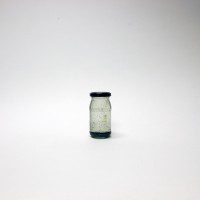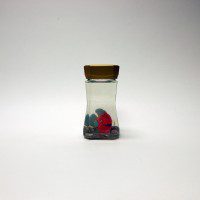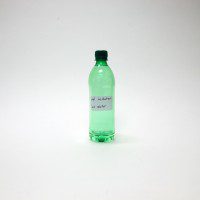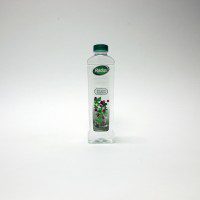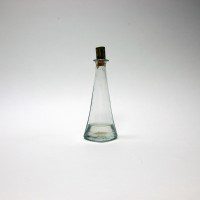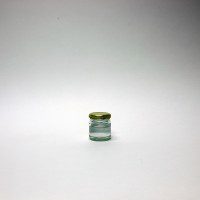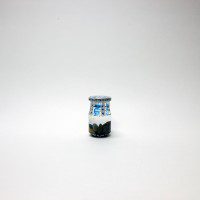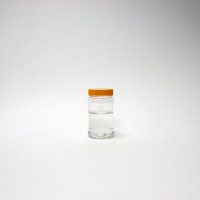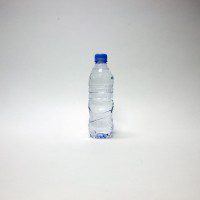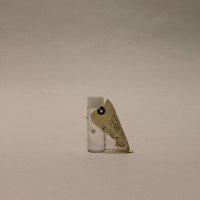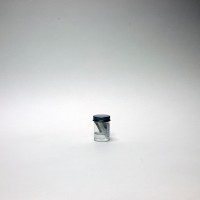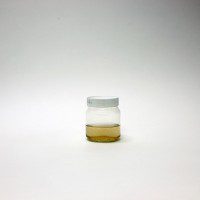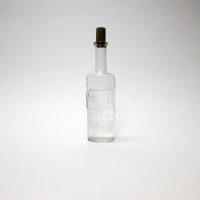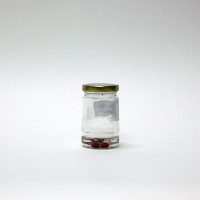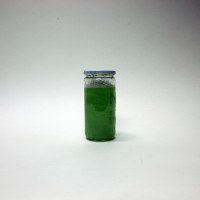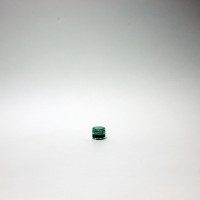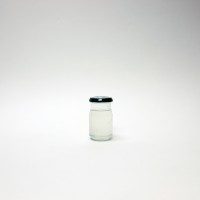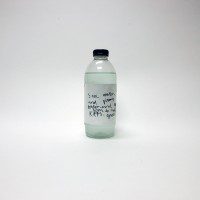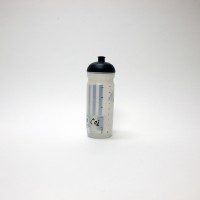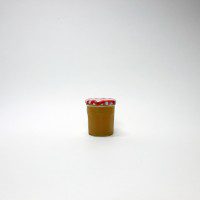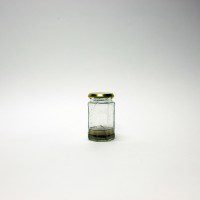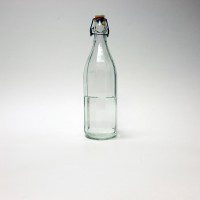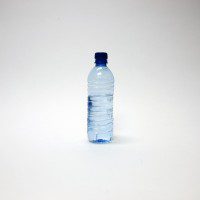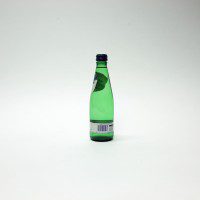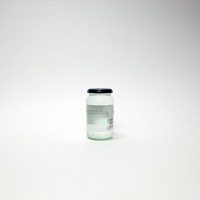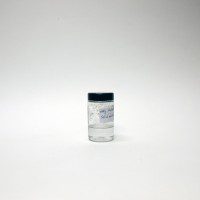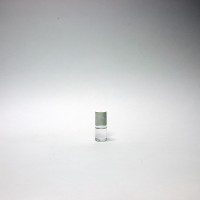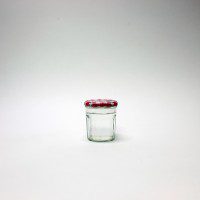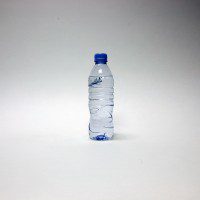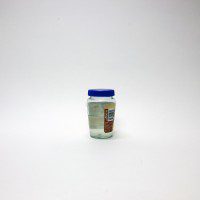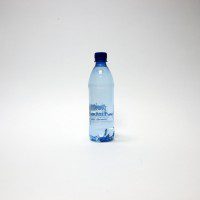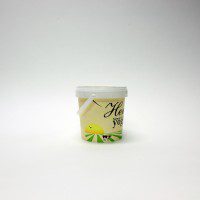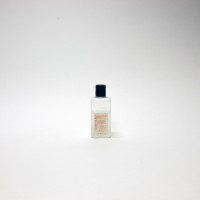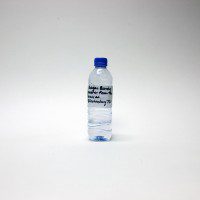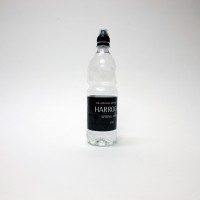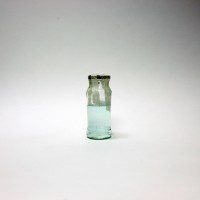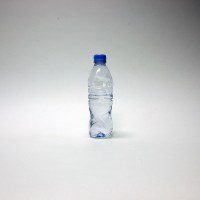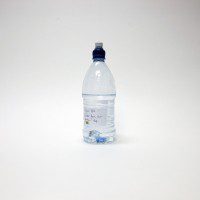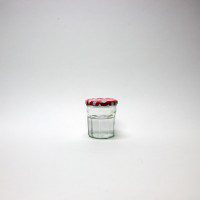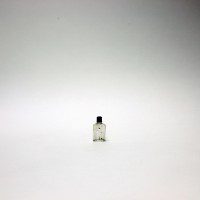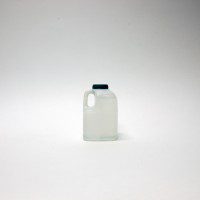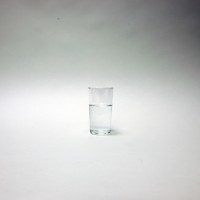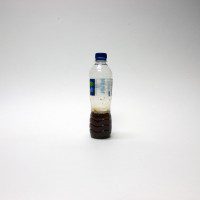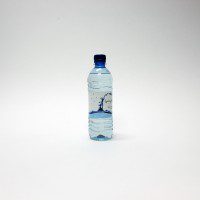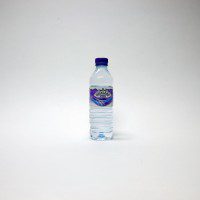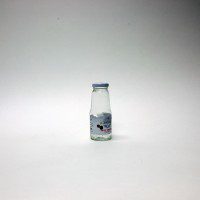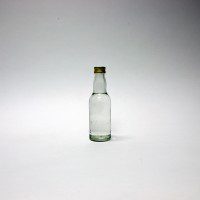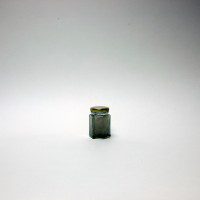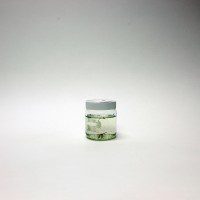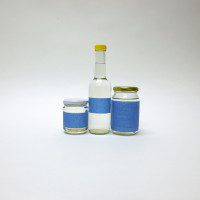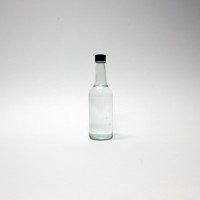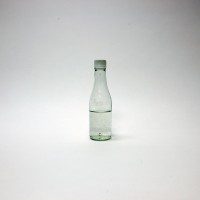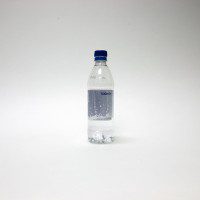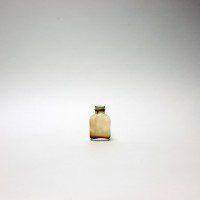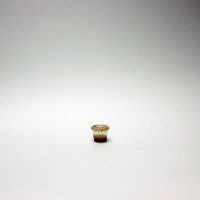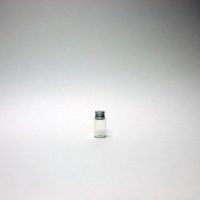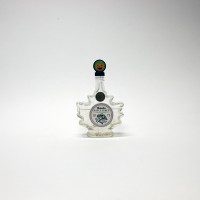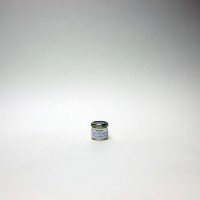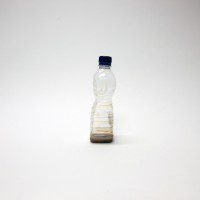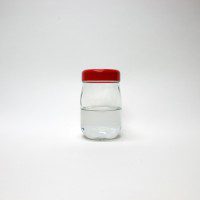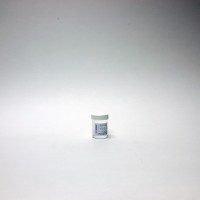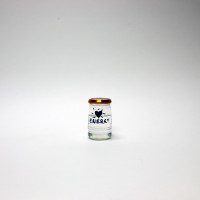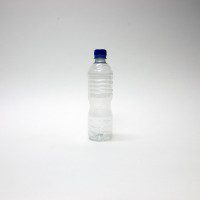At the time of writing, there are over 1000 bottles in the Collection.
They range from 2 inches to 1 foot high. The water is red, yellow, green, blue, brown, transparent, white, and all varying shades in between. A rainbow collection. Some are pearlescent, some are muddy brown with sediment, a surprising number of them glitter.
They tell of the ritual of water, of births, baptisms, weddings and birthdays. They tell of faraway lands and nearby spaces. Sometimes they tell of places that before seemed to exist only in our minds: ‘water under the bridge’, ‘a taste of home’, ‘the point of no return’.
The bottles commemorate beloved people who have died, and precious friendships, as if we could bottle up a little essence of the person and each other and keep it forever. A flavour of us, like an essential oil. Sometimes people keep an actual part of themselves in the bottle, in toothpaste spit, saliva, breath or urine, a little DNA.
The bottles are a memory of times gone by, but they look as far forward as they look back. The young man who brought water from his first home in London, full of hope and future, staked his claim to a little part of this city, a new beginning; the dirty water from the kitchen sink re-framed the daily drudgery of dishwashing into a daily act of devotion, forever changing our attitude to housework.
While some bottles attempt to map cultural differences and our impact on the world, the collection is also a performance of everyday life: the daily ritual of our mornings, washing teeth and showering, the comfort of an afternoon’s cup of tea, a brew, the consolation of a bath, the glass of water by our bed. The bottles tell of joyous holidays swimming, splashing, playing on beaches. They are often the water we would otherwise have poured down the sink, this time saved and kept. They are a personal collection of private moments shared.
It is clear that the Museum is a Sisyphean attempt to hold onto something that is going, a hoarding of objects and liquid in a century already filled with a crush of objects. We make no attempt to conserve the water, and relatively soon the collection will disappear (5 years, 10?), and become a collection of bottles, of ways we used to use water, of what it used to offer us. This is a live artwork – a museum of evanescence – and the water is in dynamic process with us. This is a collection of water here and now. If we cannot bear to see it go, we are all implicated in conserving it. This world is in flux, the constant to and fro mirrored by the molecules of water in the bottles, always in motion, evaporating, inhaled, in constant cycle. In this Museum, movement and loss are instigating forces.
Someone described the Museum as a ‘mosaic of the universe’. It is a mapping of what we value and how we care; as much a cartography of wild adventure, delicate understandings and intimate moments as of environmental disasters, violence and extractive practices. It is a record of our daily lives, lived with water.
- 1. Amy Sharrocks
- 2. Lili Hart
- 3. Daniel McAndrew
- 5. Penny
- 6. Rebecca Sharrocks
- 7. Eadi Solanki-Jackson
- 8. Rocky
- 9. Uma Almond
- 10. Milo
- 11. Sidney
- 12. Esme Supple
- 13. Violet Bensley
- 14. Iona Bensley
- 15. Catrin Jones
- 17. Jake Sharrocks
- 18. Edie Ray Sunman
- 19. Ruby Shaw
- 20. Kipp Bryan
- 21. Cai Con. Streithorst
- 22. Clea Thorowgood
- 23. Digby Mcdoogle-Chowdry
- 24. Ben Howell
- 25. Zain Khan
- 26. Oscar Hill
- 27. Eliot Irvine
- 28. Milly McAndrew
- 29. Oscar Brown
- 30. Fred Webb
- 31. Tara Zaman
- 32. Jesse Allmon
- 33. Cayo
- 34. Milly May
- 35. Max Charmers-Campbell-Grayme
- 36. Logan Thornhill-Burrows
- 37. Matilda Cough
- 38. Nina Bartolucci
- 39. Ava Brown
- 40. Dylan Terrance Hill
- 41. Shelia Ghelani
- 42. Clare Qualmann
- 43. Rebecca French
- 44. Andrew Mottershead
- 45. Mark Carter
- 46. Charlotte Goodbody
- 47. Susie French
- 48. Rachel Gomme
- 49. Rachel Gomme
- 50. Karen Christopher
- 51. Cathy Naden
- 52. Agnieszka Gratza
- 53. Toos Jeuken
- 54. Toos Jeuken
- 55. Karin Dia Toubayie
- 56. Cheryl Pierce
- 57. Mary Osborn
- 58. Philippa Clarke
- 59. Sara, Daniel, Jacob, Louis and Baxter the dog
- 60. Judith
- 61. Gertie
- 62. Rachel Gomme & Amy Sharrocks
- 63. Torquil Norman
- 64. Andrew Taylor
- 65. Tania Brown

